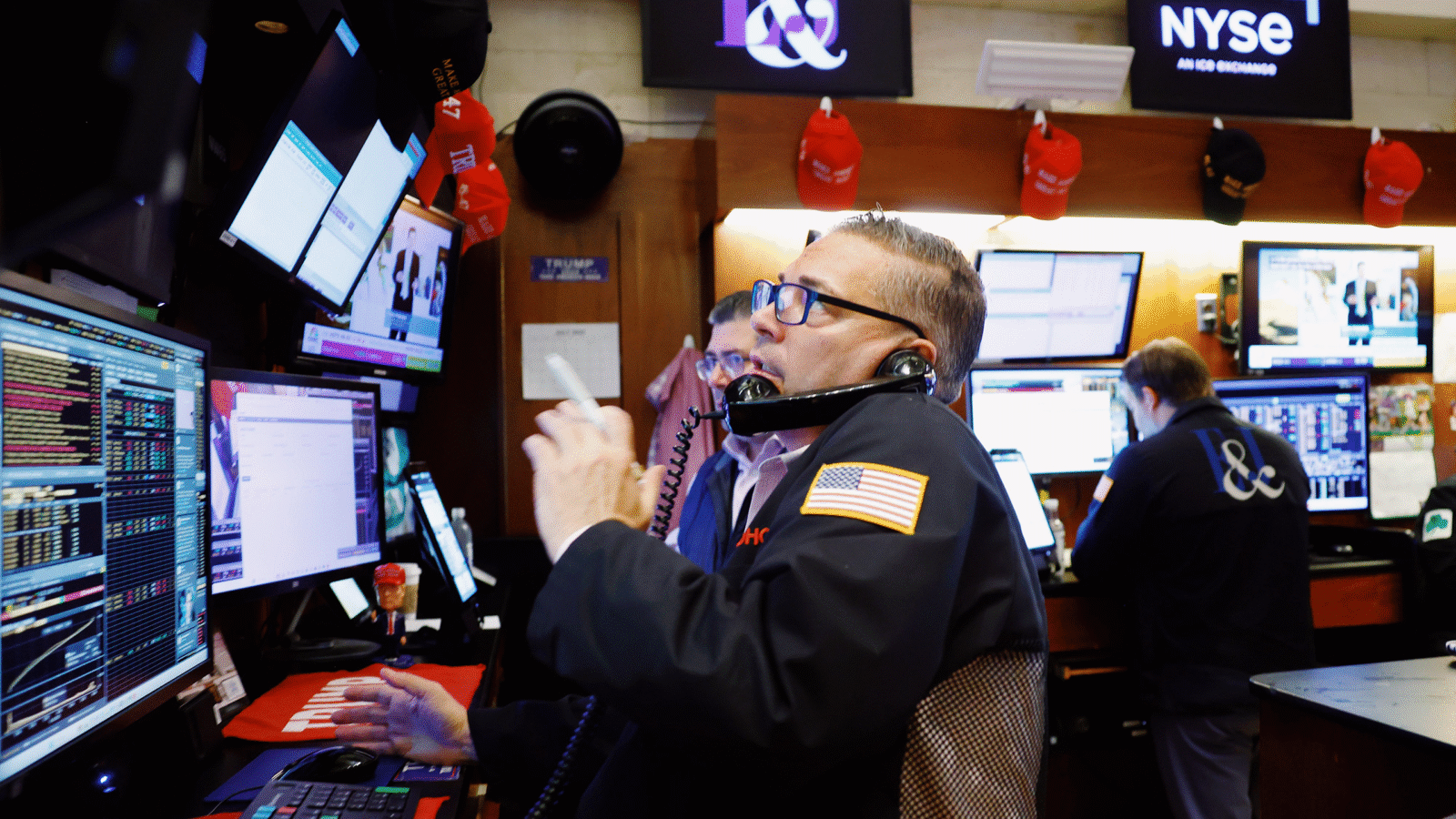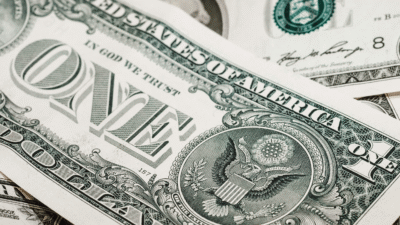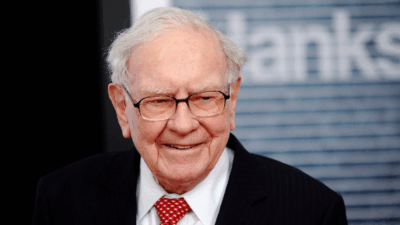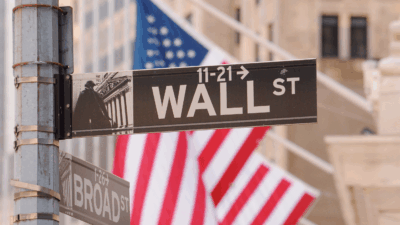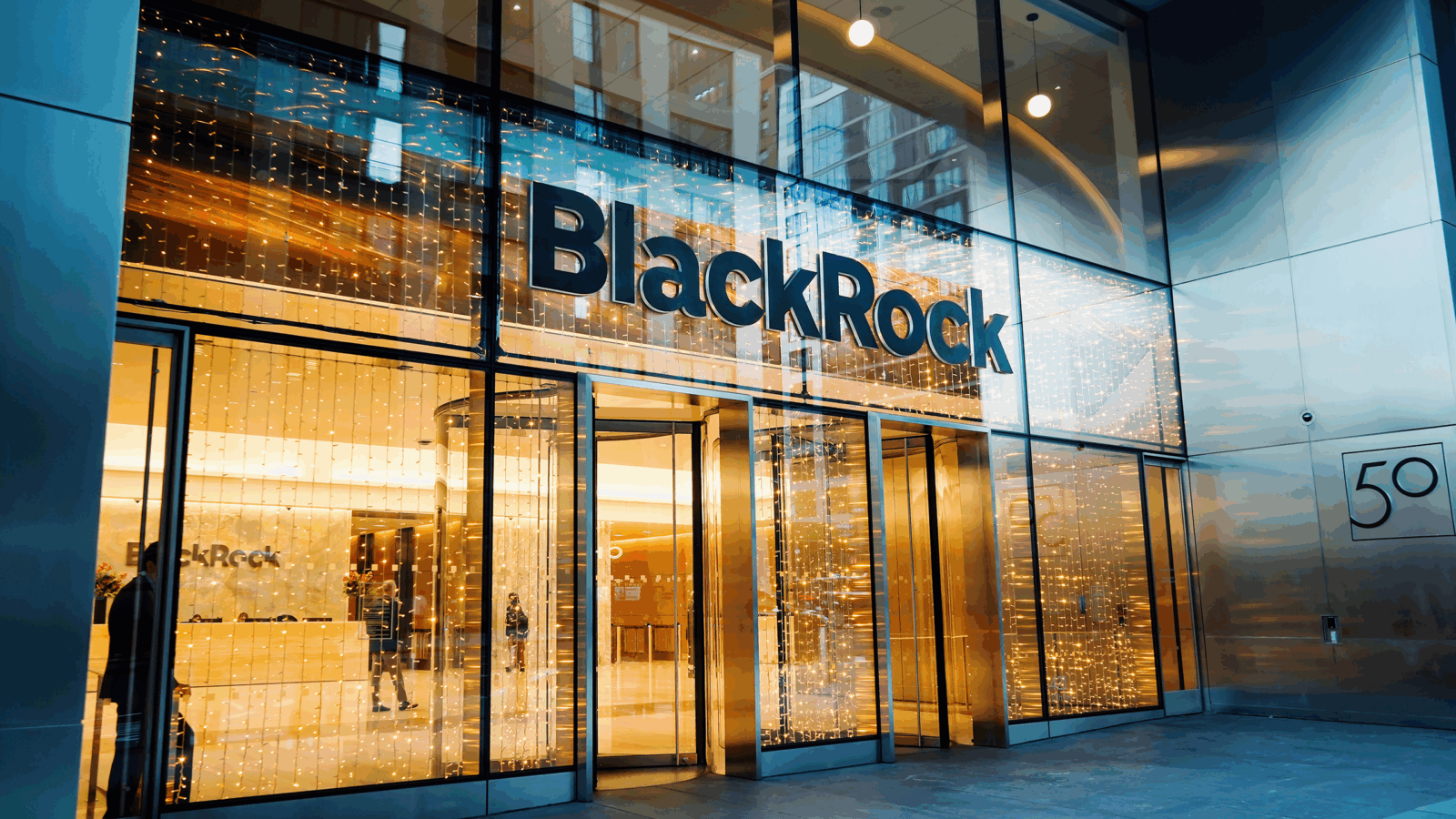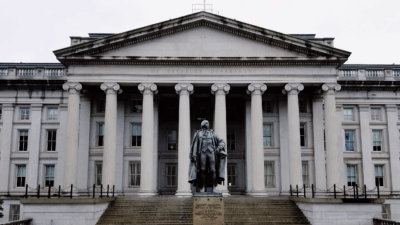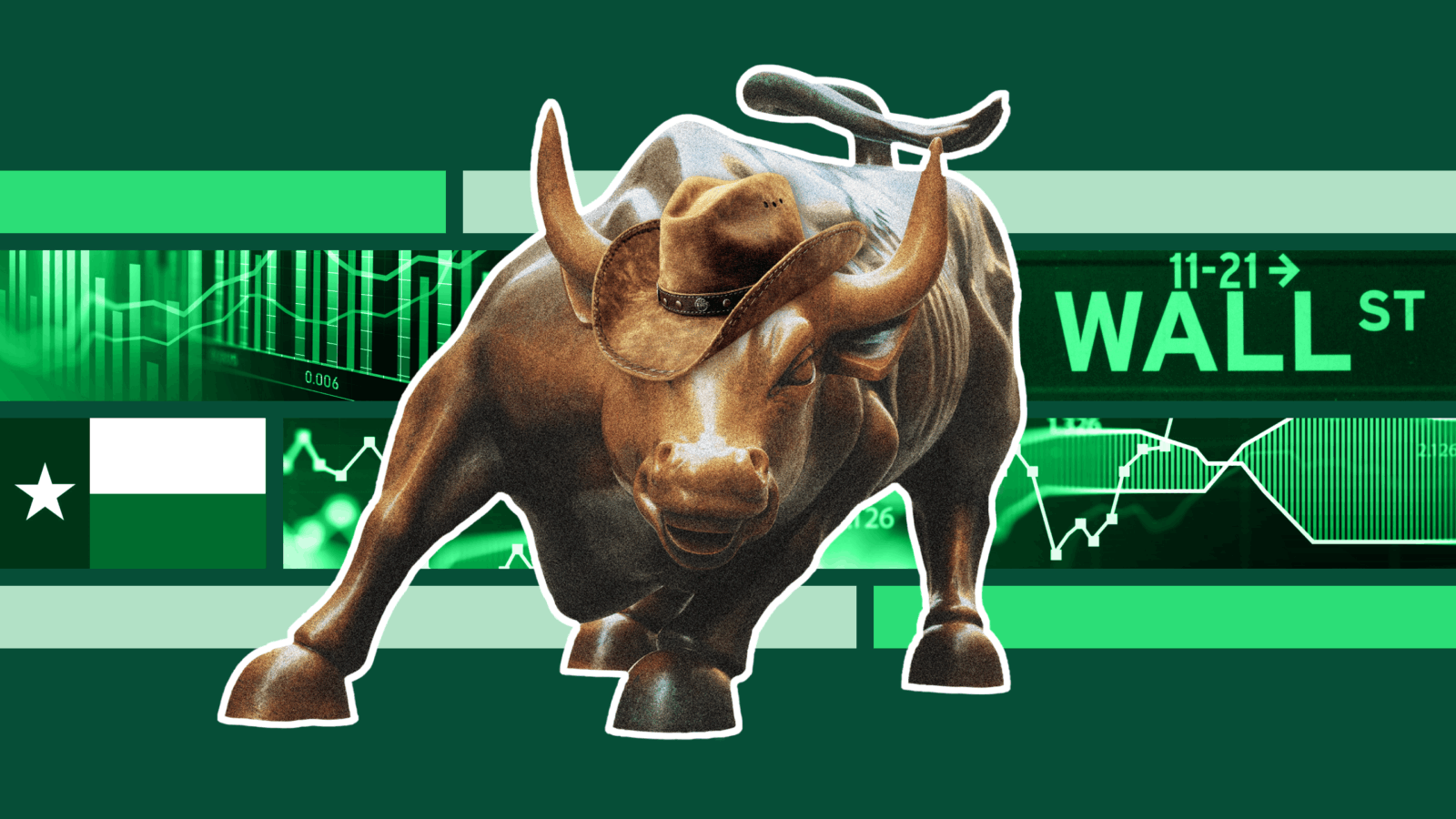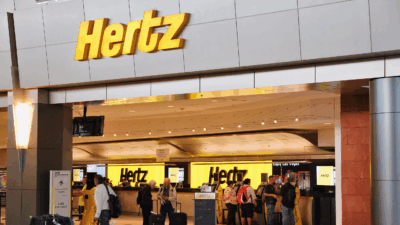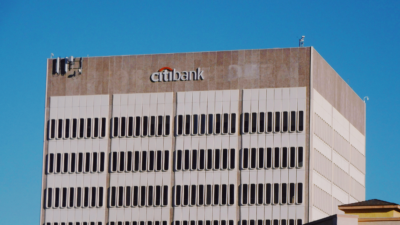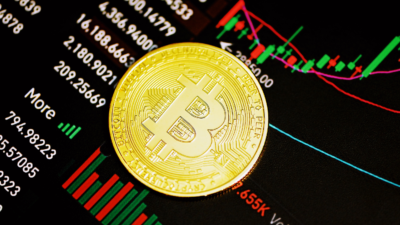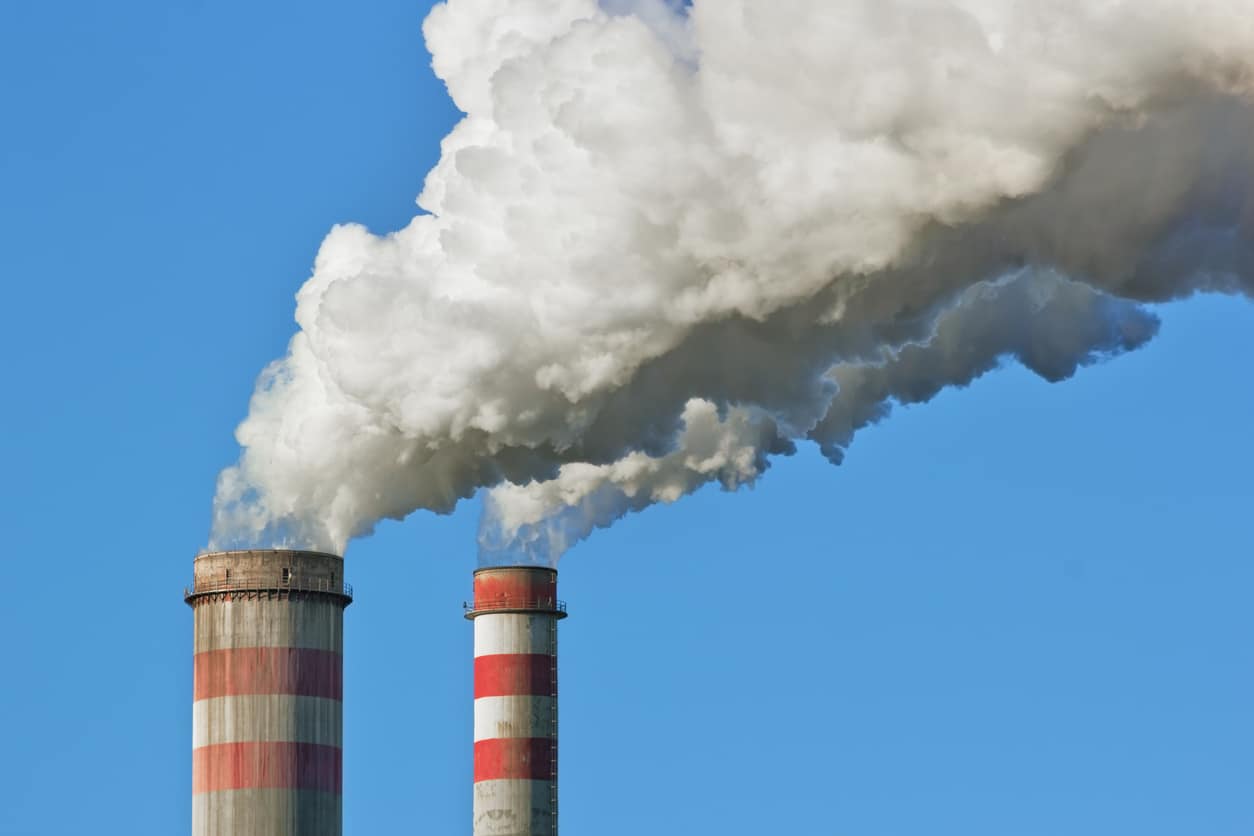
Sign up for smart news, insights, and analysis on the biggest financial stories of the day.
Environmental, social, and governance-focused investors have had the organic, grass-fed, and carbon-neutral wool pulled right over their eyes.
An investigative report from Bloomberg, released Tuesday, illuminated how the murky world of so-called sustainable credit instruments operates. Instead of aligning financial incentives to encourage climate friendly changes, these largely unregulated instruments have allowed companies to skirt real action at the expense of investors. They’re mostly spewing hot air.
Sustainability Smokescreen
Thanks to the tectonic shift from active to passive management, fees paid by fund investors have fallen consistently for decades. ESG-focused investing is Wall Street’s latest invention to push back against this trend — a new and shiny vehicle that commands higher fees because it’s 1) “complicated” and 2) squares with the zeitgeist. A recent Morningstar study found the average ESG fund is more expensive than a conventional fund by 0.20%, which they called a “greenium.”
In credit markets, so-called green bonds were introduced in 2008, but proceeds were confined to discrete projects like a new solar field. Newly created sustainability-linked bonds, or SLBs, give borrowers broader use of proceeds with a simple premise: if the borrower misses climate targets specified in borrowing docs, the interest rate goes up. Sounds virtuous on paper, but the system is laden with more holes than the ozone:
- When luxury giant Chanel issued a €600 million SLB in 2020, one of the underlying climate provisions stipulated a 10% reduction in emissions from suppliers and customers by 2030. At the time of issuance, Chanel had, unbeknownst to investors, already reduced emissions by 21%. A Chanel spokesperson told Bloomberg the company was in the process of “finalizing 2019 data” and was unaware it had already hit its goal. In other words, they cleared an imaginary hurdle.
- UK supermarket chain Tesco set a goal of reducing ‘direct emissions’ by 60% by 2025. Conveniently, ‘direct emissions’ make up only 1.6% of Tesco’s total carbon footprint, and in its most recent sustainability report the company revealed it was already 90% of the way there. Planet saved.
Blinders On: Through the SLB schemes, Bloomberg noted that corporations of all types are able to borrow at below-market rates under the auspices of climate goals and demand for the bonds is as much as five times higher than supply. Ulf Erlandsson, CEO of the Anthropocene Fixed Income Institute, told Bloomberg, “I would say, ‘Hey, you guys, you’re taking me for a fool. You’re trying to be a little too cute for your own good.’” Hoodwinking investors is definitely not sustainable.
